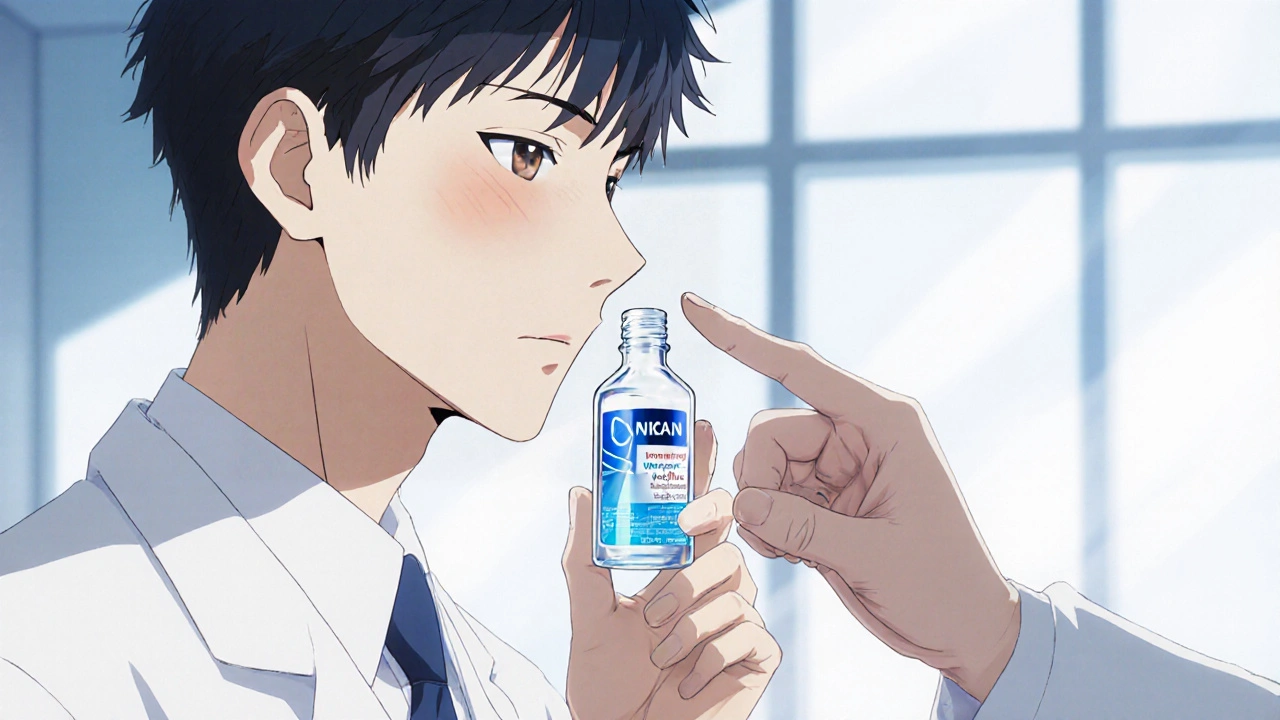Topical Eye Drops – What They Are and When to Use Them
When working with topical eye drops, liquid medications formulated to be placed directly on the eye surface for treating infections, inflammation, or dryness. Also known as ophthalmic solutions, they deliver active ingredients right where they’re needed, bypassing the bloodstream and reducing systemic side effects. Topical eye drops encompass a wide range of products, from lubricants that soothe a gritty feeling to potent steroids that calm severe inflammation. The core idea is simple: a drop of medicine, a brief blink, and the drug starts working on the cornea, conjunctiva, or eyelid. This straightforward delivery method makes eye care accessible for most people, but getting the most out of it still depends on a few basic rules—clean hands, proper storage, and the right technique for each drop size.
Key Types of Topical Eye Drops and Their Common Targets
One of the most frequent reasons people reach for eye drops is dry eye syndrome, a condition where insufficient tears lead to irritation, burning, and blurred vision. Lubricating drops, often called artificial tears, mimic natural tears and replenish the eye’s moisture layer. For those battling allergic conjunctivitis, an inflammation of the eye’s surface caused by pollen, dust, or animal dander, antihistamine or mast‑cell stabilizer drops block the allergic response and bring rapid relief. When an infection takes hold, such as bacterial keratitis, a serious corneal infection that can threaten vision if untreated, antibiotic eye drops (e.g., fluoroquinolones or macrolides) are the first line of defense. Steroid eye drops, like prednisolone, are reserved for more aggressive inflammation, including post‑surgical swelling or uveitis, because they suppress immune activity but require careful monitoring. Each of these sub‑categories connects back to the central idea that topical eye drops provide targeted, localized treatment, and the choice among them hinges on the underlying condition, severity, and patient tolerance.
Understanding how these drops work together helps you pick the right product and use it correctly. Proper administration—tilting the head back, pulling down the lower eyelid, and avoiding contact between the tip and the eye—maximizes drug absorption and minimizes contamination. Knowing whether you need a preservative‑free formulation (useful for chronic dry eye) or a preservative‑containing one (often acceptable for short‑term antibiotic courses) can also affect comfort and safety. Below you’ll find a curated list of articles that dive deeper into each category, compare popular brands, and share real‑world tips for getting the most out of your eye‑care routine. Whether you’re looking for relief from itching, a solution for an infection, or guidance on steroid use, the resources ahead will give you practical, up‑to‑date information.

Ciloxan Ophthalmic Solution vs Top Alternatives - 2025 Comparison Guide
A 2025 guide comparing Ciloxan Ophthalmic Solution with top eye‑drop antibiotics, covering efficacy, safety, cost, and when to choose each option.
